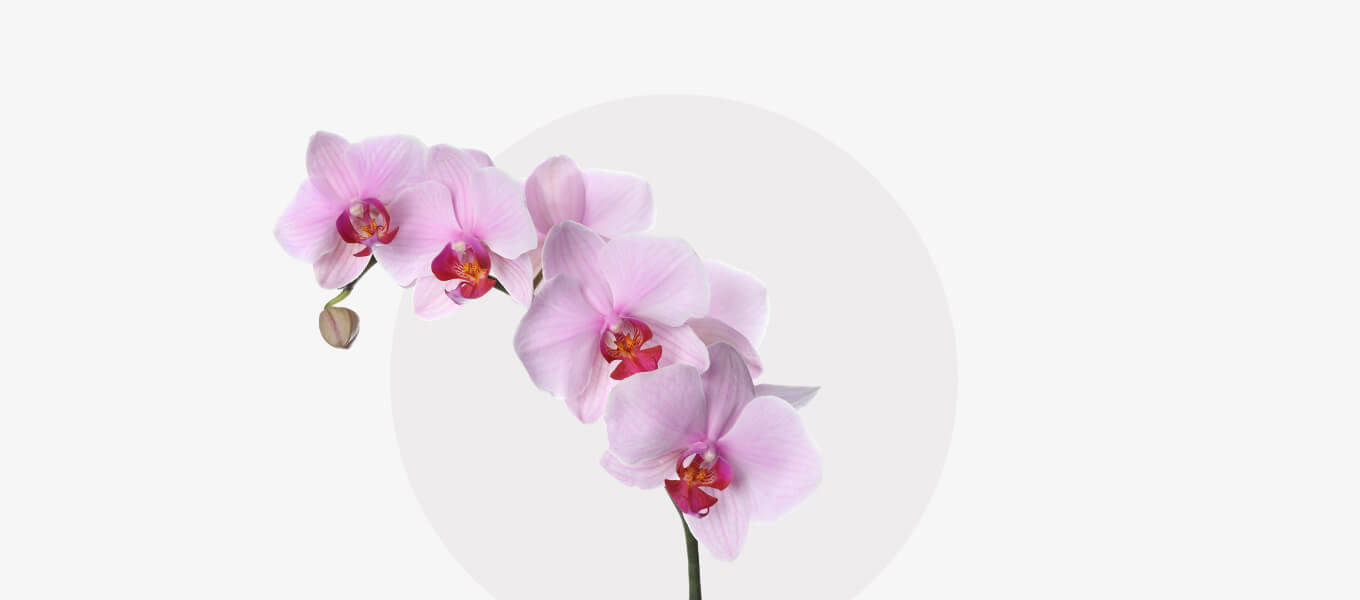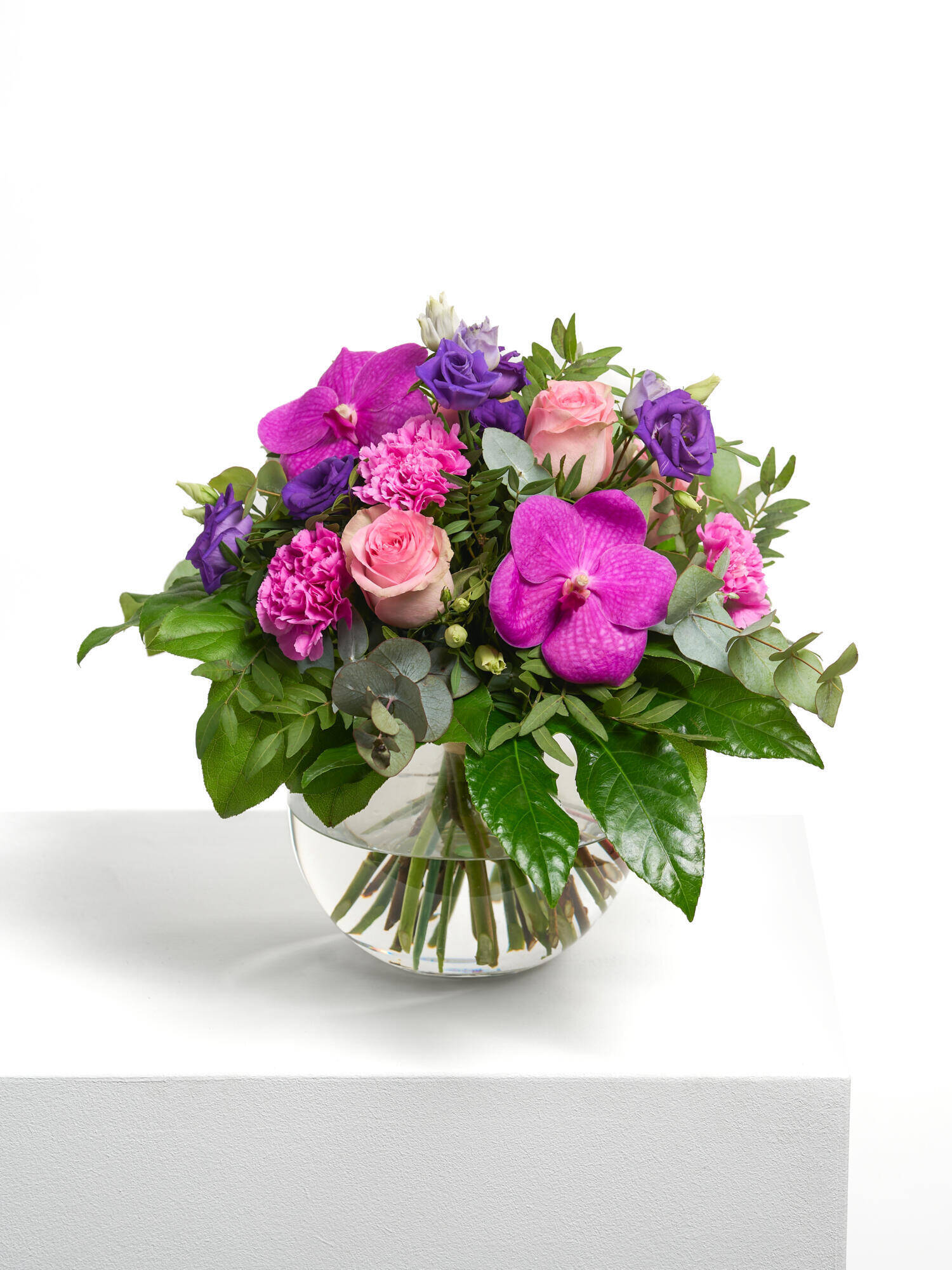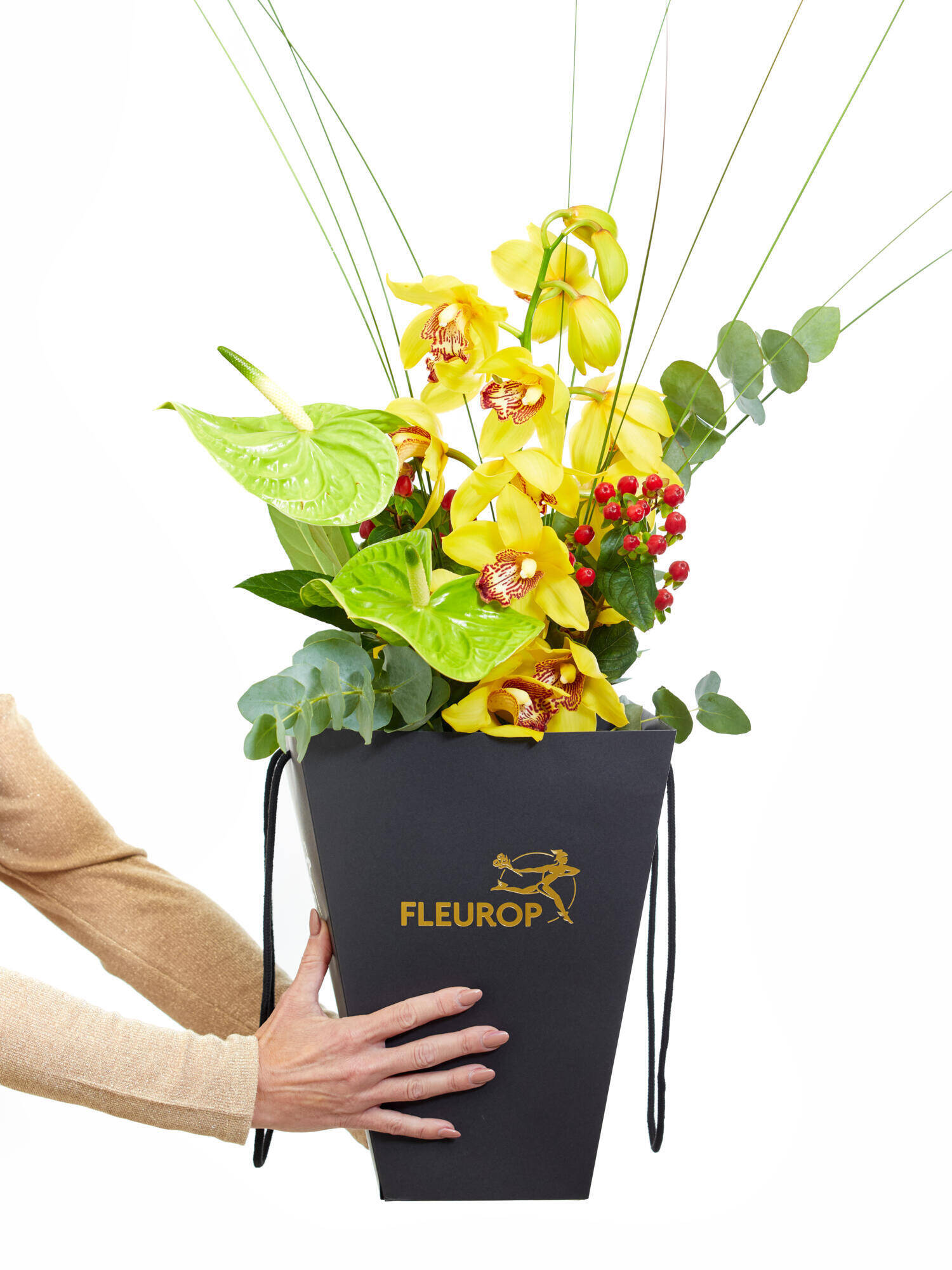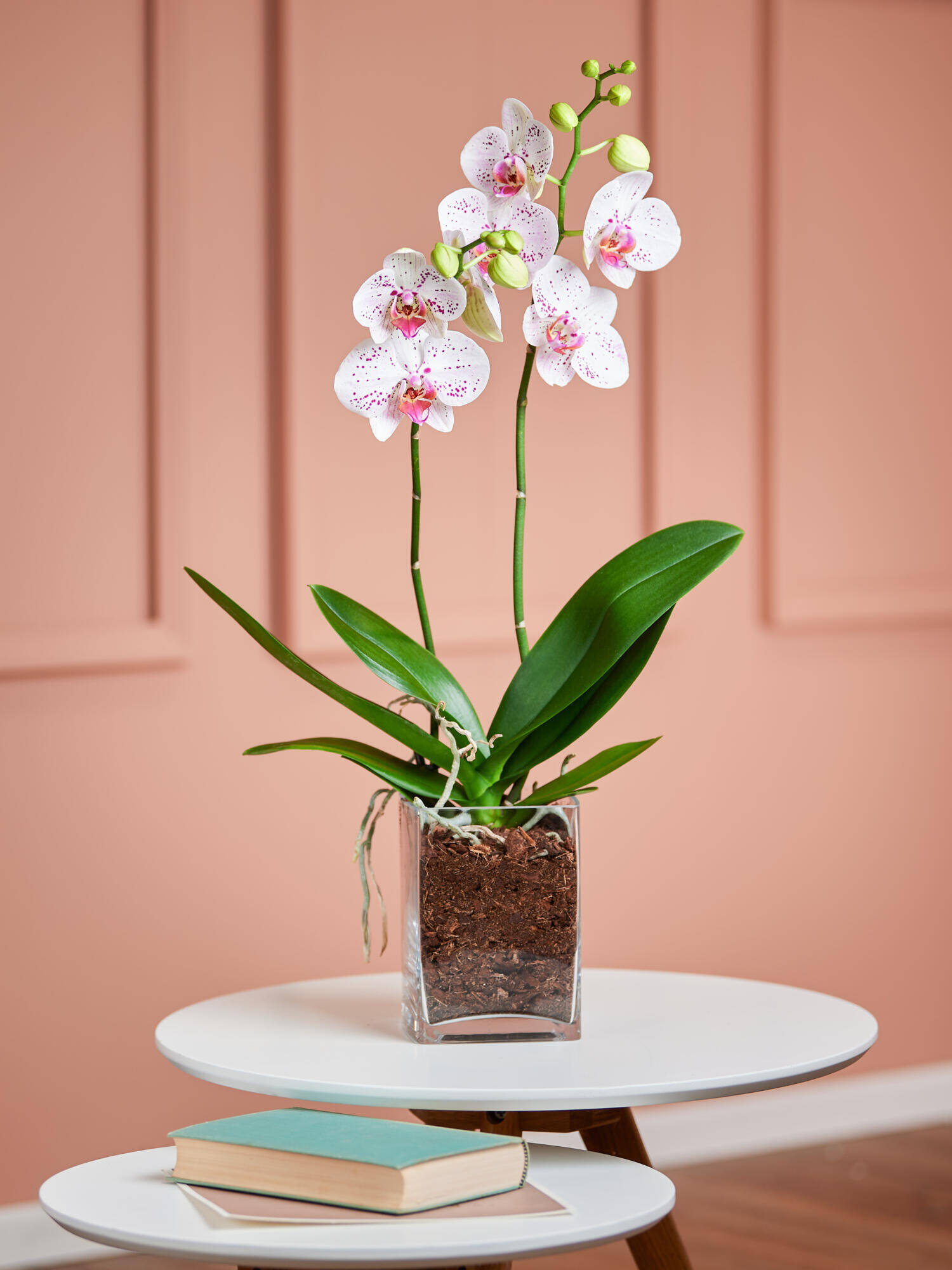Orchid Care: Tips and Information on Orchids

The orchid is the queen of houseplants! With around 30,000 different species, orchids are one of the largest and most diverse plant families in the world - and one of the most popular. No wonder: they look precious, exotic and graceful. They used to be considered difficult to cultivate. But today there are cultivars that are extremely robust. If you take the right care and pay attention to a few small details, you can keep your orchids blooming again and again.
Origin
Orchids have fascinated people with their infinite colours and flower shapes since time immemorial. The Chinese philosopher Confucius, for example, described their lovely fragrance as early as the 500th century BC and used the symbol "Ián", which stands for beauty, grace, elegance, love and purity. However, the orchid family has much earlier origins: it is estimated that it originated around 120 million years ago. However, it took until the 17th century before the plant became known in Europe. But then it took the hearts of Europeans by storm.
Making the right choice
The previously very high prices for orchids have now fallen sharply due to mass production and cultivation. You can now buy them almost anywhere - even in furniture shops and supermarkets. However, if you buy your orchid in a specialised shop, you will usually have a larger selection and receive sound advice and good quality.
You should definitely pay attention to the following when buying: You can recognise a healthy orchid by its root ball. Healthy root tips are long, firm and greenish to reddish-brown in colour. A plant with several stems will have a more luxuriant bloom later on. It is also worth buying orchids that still have many healthy buds and have not yet fully bloomed. The Phalaenopsis - also known as the butterfly orchid - is one of the best-selling orchid species. It is considered particularly easy to care for and adapts easily to its surroundings.














